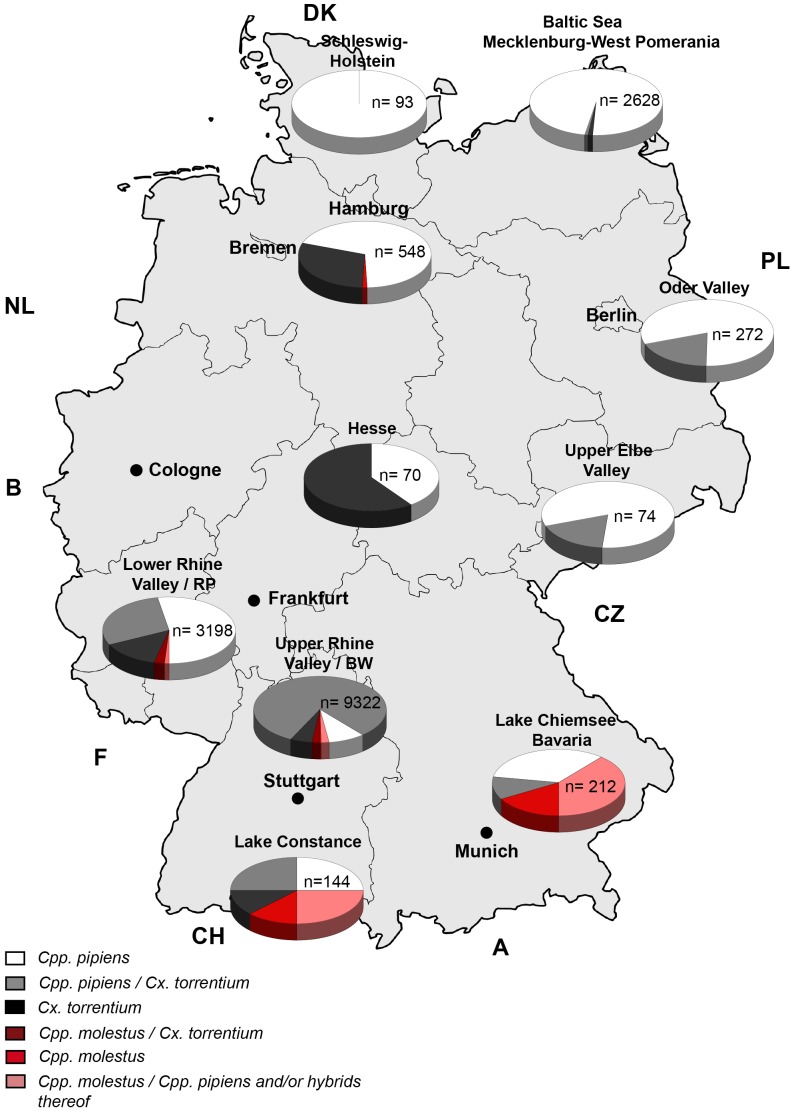Figure 2. Classification of Culex samples from the German mosquito surveillance program.
Graphical representation of the Culex species composition in Germany. 48 different trapping sites in Germany were combined according to their geographical relatedness to form 10 cluster areas shown representing Lower Rhine Valley and further sites in Palatine, Upper Rhine Valley and further sites in Baden-Württemberg, Lake Constance, Lake Chiemsee and other sites in Bavaria, Hesse, Upper Elbe Valley in Saxonia, Oder Valley in Brandenburg, Baltic Sea in Mecklenburg-West Pomerania, Metropolitan Region Hamburg and various sites in Schleswig-Holstein (for more details see also Table 1)). White (Cpp. pipiens), black (Cx. torrentium) and red (Cpp. molestus) quarters indicate pools that were composed of a single species. Grey (Cpp. pipiens+Cx. torrentium) and dark-red (Cpp. molestus+Cx. torrentium) quarters indicate pools composed of two species. With the current set-up (i.e.using pooled samples) the composition of pink quarters could be either two biotypes Cpp. pipiens and Cpp. molestus or hybrids of both biotypes. The n-numbers given in the graphs notify total numbers of individuals analysed in each cluster.

